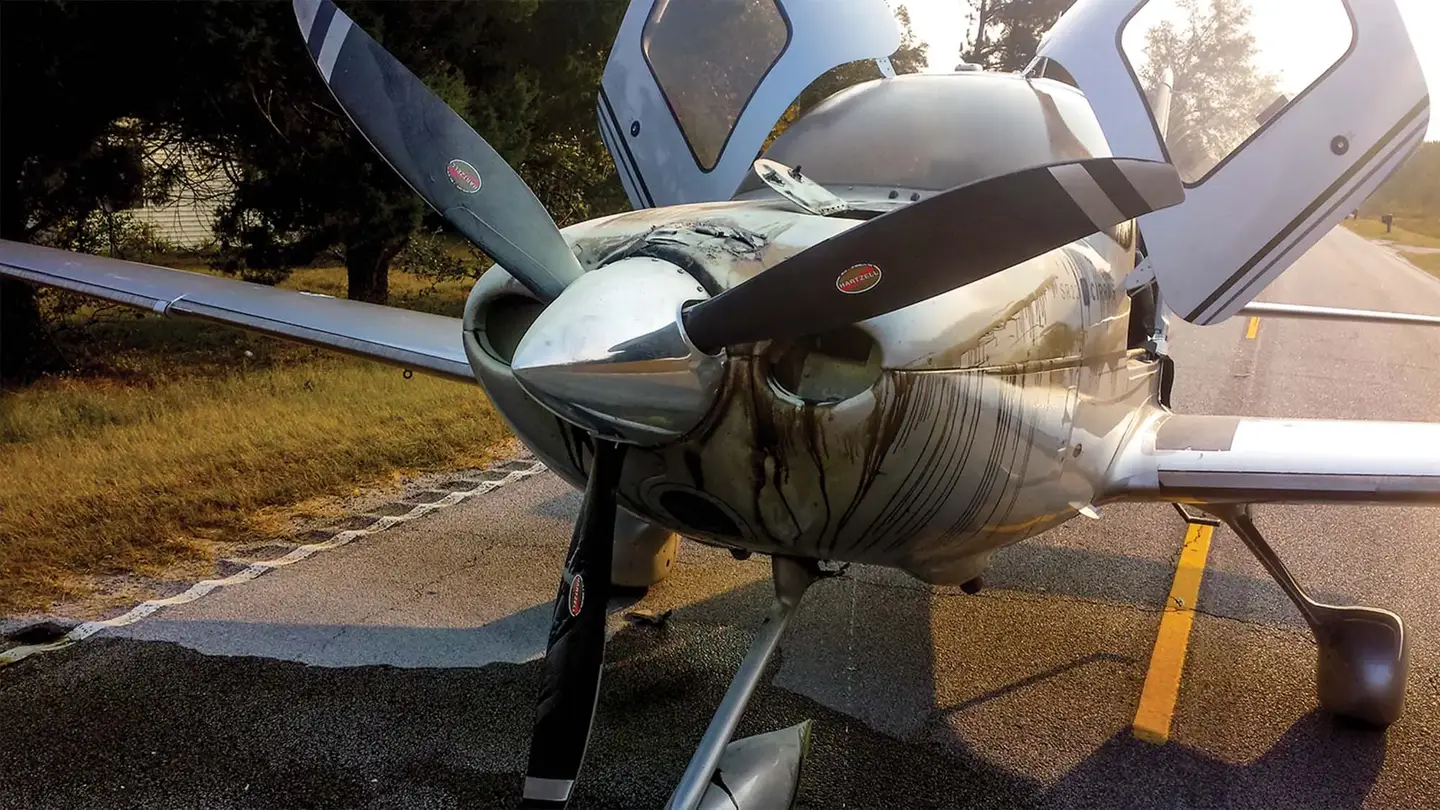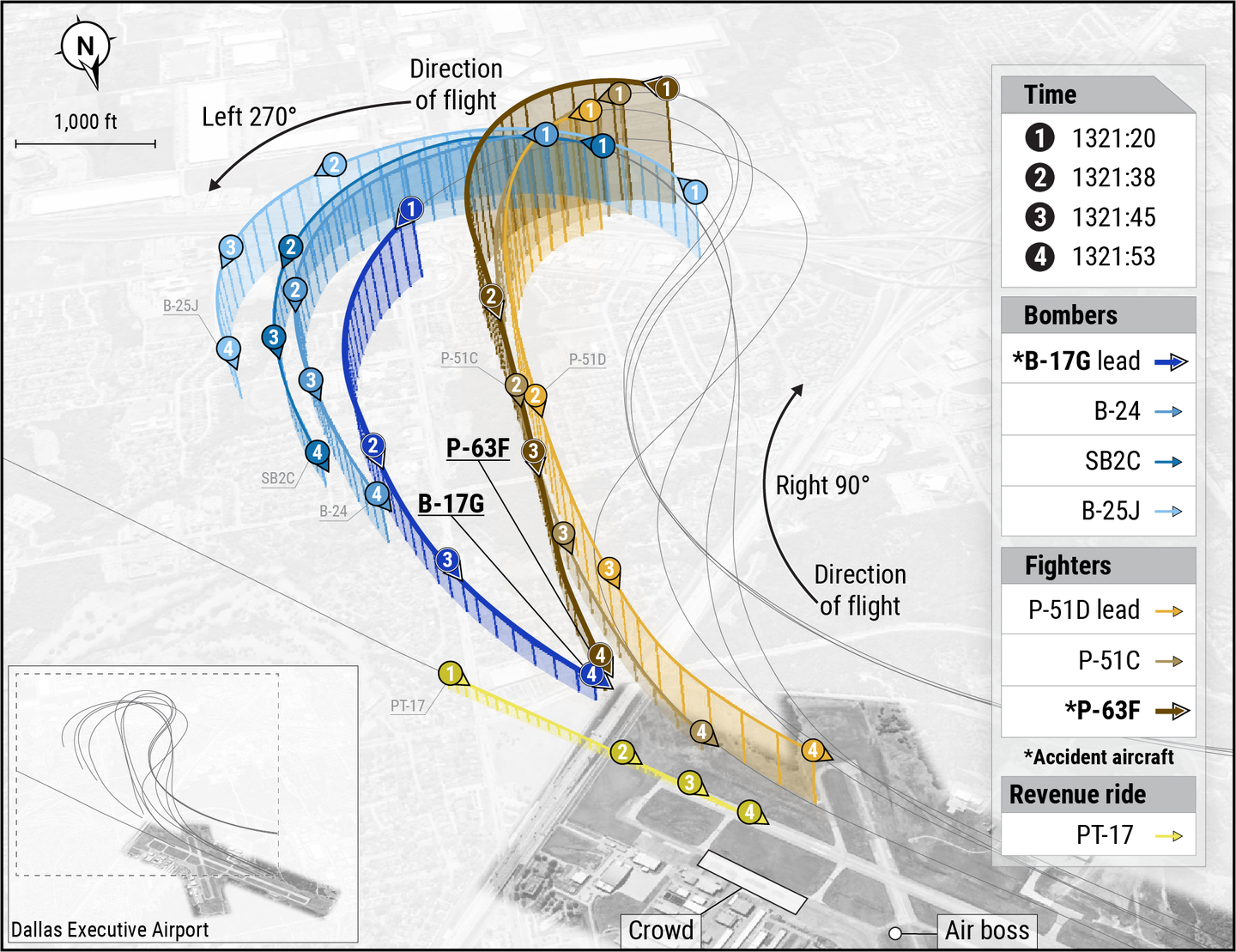General Aviation Accident Bulletin
AVweb’s General Aviation Accident Bulletin is taken from the pages of our sister publication, Aviation Safety magazine. All the reports listed here are preliminary and include only initial factual findings…

Aviation Safety Accident Bulletin
AVweb's General Aviation Accident Bulletin is taken from the pages of our sister publication, Aviation Safety magazine. All the reports listed here are preliminary and include only initial factual findings about crashes. You can learn more about the final probable cause on the NTSB's website at www.ntsb.gov. Final reports appear about a year after the accident, although some take longer. Find out more about Aviation Safety at www.aviationsafetymagazine.com.
June 1, 2020, Gulf Of Mexico
Jabiru J250-SP LSA
The private pilot departed with slightly less than 36 gallons of fuel aboard for the 262-nm flight, portions of which were over water. About 1.5 hours into the flight, he noticed that the fuel tank quantities were dropping rapidly. The engine subsequently lost all power, and he set up for a ditching in the Gulf of Mexico. After ditching, the pilot and passenger were picked up by a U.S. Navy helicopter and transported to a local hospital. The airplane sank and was not recovered. The pilot reported that the engine consumed 5.5 to 6 gph of fuel and suspected a breach of the fuel system prior to the loss of engine power.
June 1, 2020, Batavia, N.Y.
Beechcraft A36 Bonanza
According to the solo flight instructor, after reaching cruising altitude, an annunciator alerted him to an electrical issue. He advised ATC of the problem and turned back toward the departure airport. Realizing the airplane needed to lose altitude during his approach, he attempted to extend the flaps, however, the flaps did not extend. He continued the approach, forgetting to extend the landing gear, and landed gear-up, causing substantial damage.
After the accident, the pilot realized that he was interrupted during his engine-start checklist and did not turn on the primary or standby alternators during the engine-start procedures; the airplane and its avionics were running on battery power the entire flight, which resulted in loss of electrical power.
June 2, 2020, San Juan, P.R.
Piper PA-23-250 Aztec
At about 1333 Atlantic time, the airplane was substantially damaged when it impacted open water shortly after takeoff. The airline transport pilot and one passenger were fatally injured; another passenger was seriously injured. Visual conditions prevailed for the post-maintenance test flight.
Earlier, a takeoff attempt was aborted when the airplane veered left after full power was applied. While exiting the runway with the left engine at idle power, it quit. Back at the ramp, the pilot performed complete engine run-ups, including magneto checks and cycling of the propellers, with no reported discrepancies. During the subsequent takeoff attempt, the airplane again yawed left upon full-power application. The pilot elected to continue the takeoff, which the pilot-rated passenger later described as a short/soft-field takeoff procedure. The airplane drifted left of the runway centerline with the left engine not producing full power. While climbing at about 100 fpm at what the pilot-rated passenger later described as a “slow” airspeed, the airplane began turning left when he noted the airplane was in a nose-down attitude. Security video depicted the airplane rolling left past 90 degrees of bank, pitching nose down and impacting water north of the airport.
June 3, 2020, Duluth, Minn.
Icon A5 LSA
The amphibious airplane was substantially damaged at about 1630 Central time when it sank during a takeoff attempt. The pilot and passenger were not injured. Visual conditions prevailed.
About five seconds after applying full power for takeoff, the pilot heard a “loud bang.” He shut down the engine, climbed out, looked back and saw that all three propeller blades were missing. At this point, the airplane started to sink, due to holes in the fuselage, presumably caused by propeller pieces. He and his passenger donned life jackets and evacuated the airplane.
Several days later, the pilot recalled the airplane was washed before the attempted flight. The pilot had placed a portable speaker on top of the airplane to listen to some music while washing it. He did not recall putting the speaker away before departure. The pilot added, “the speaker must have rolled over the engine compartment and into the propellers.” The pilot also stated the music speaker remained missing.
June 3, 2020, Fargo, N.D.
Piper PA-32-260 Cherokee Six 260
At about 1400 Central time, the airplane was substantially damaged in an engine-start fire. The flight instructor and two student pilots were not injured. Visual conditions prevailed for the instructional flight.
According to the flight instructor, one of the students read through the checklist during the pre-flight process. After about two revolutions of the propeller, the engine started and ran for about three seconds before it began to sputter and quit. He then noticed black smoke coming from the engine and continued to crank the engine to “draw the fire into the engine.” However, he noticed fire coming from the cowling and determined “there was no hope in extinguishing the fire with this procedure” and told the two students to evacuate the airplane immediately.
This article originally appeared in the September 2020 issue of Aviation Safety magazine.
For more great content like this, subscribe to Aviation Safety!






